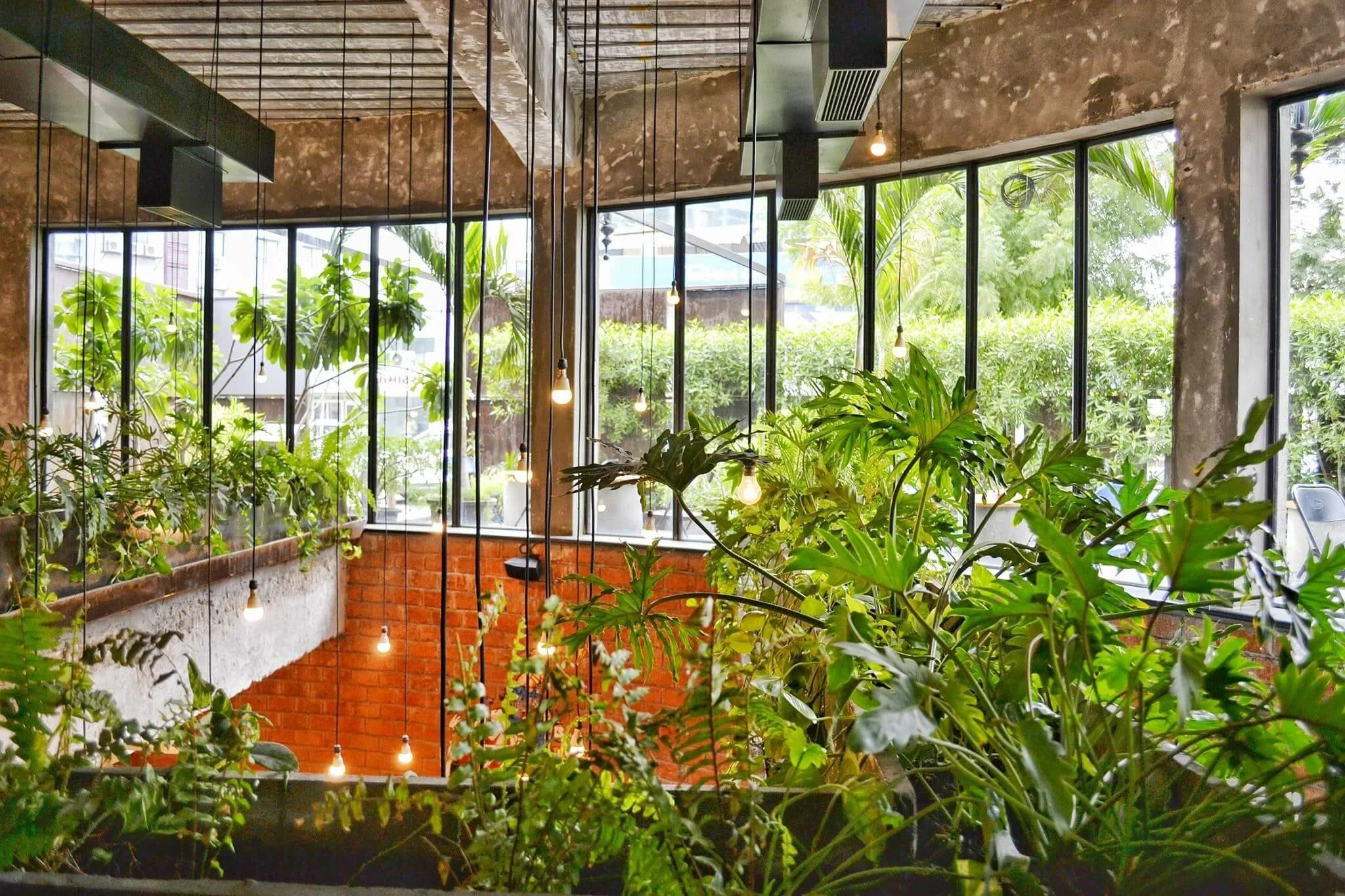Bioclimatic Architecture: Harnessing Natural Elements for Energy Efficiency
Imagine living in a home that understands its environment as well as you do – a home that harnesses the sun's warmth and welcomes the wind's cool caress. Sounds like a dream? Well, it's not. It's the magic of bioclimatic architecture – a design philosophy that could redefine how we build and live.
In this blog, we're going to discuss what bioclimatic design is, why it matters, and how it uses natural elements for energy efficiency. So buckle up and get ready to learn more about bioclimatic architecture.
What Is Bioclimatic Architecture?
Bioclimatic architecture is an eco-friendly approach that heavily relies on the local climate in building design. This style of architecture helps buildings 'work with' nature. Bioclimatic design uses natural resources such as rain, sun, or wind to create environment-wise spaces.
By availing from local natural resources, bioclimatic architecture crafts spaces that are kinder to our planet. It significantly reduces energy consumption and cuts down on environmental harm. But it’s not only nature that benefits from this type of design. Bioclimatic architecture also improves life quality by offering healthier indoor environments.
How Bioclimatic Design Enhances Energy Efficiency?
Bioclimatic architecture decreases energy consumption. By harnessing natural resources, it allows to lower bills and minimizes the need for electricity or other sources of energy. Here, you would use resources like passive solar heating or thermal insulation in a more creative way. Such approaches help adjust the indoor temperature naturally. This, in turn, reduces the need for air conditioning or heating.
Core Principles of Bioclimatic Architecture
Bioclimatic architecture explores the relationship between climate, nature and the built environment. The main elements of bioclimatic design are:
Orientation
Where you point your building really matters. By considering orientation, bioclimatic architecture allows to capture the right amount of sunlight to keep things warm.
Natural ventilation
Natural ventilation strategies let the cool breezes in, giving your hard-working AC a break. Just like you'd sit near a window on a hot day, bioclimatic design considers how to use cool air naturally.
Thermal mass
Some materials can soak up heat during the day and release it when it's cooler. This sustainable design solution keeps the temperature steady.
Shading
Nobody likes a sunburn. Overhangs, plants, and other shades protect the building from overheating, but let in warmth when it's needed.
Building materials
Choosing local, sustainable, and climate-appropriate materials can reduce a building's environmental footprint.
Landscaping
Plants aren't just pretty. They can also help cool down the area, block out wind, and make outdoor spaces nice places to hang out.
Now that you are familiar with the main principles, let’s discuss how natural elements can be exploited wisely in architecture.
Harnessing Natural Elements in Bioclimatic Architecture
To properly utilize the local climate, it’s important to consider all the elements that shape it: sun, rain, and humidity. These natural components need to be taken into account when designing a CAD drawing of bioclimatic design. Let’s focus on each recourse in more detail.
Solar Energy
Ever soaked up the sun on a winter day? That's what bioclimatic design does with solar energy. By properly positioning a building, solar access can be maximized while avoiding overheating. If you live in a specially sunny area, you may also think about getting solar batteries as well.
Wind Energy
Wind energy can be harnessed in bioclimatic projects to cool indoor spaces. By designing openings that capture the wind, it’s possible to create a comfortable environment without relying on electricity or other sources of energy.
Rainwater
With bioclimatic design, every raindrop counts! Harvesting rainwater can be a real lifesaver, helping you economize water for things like watering your plants or flushing toilets. It's a neat trick that cuts down on water bills and helps our local water resources, too.
Earth
Earth sheltering is a bioclimatic strategy that helps maintain the indoor temperature. This technique uses soil as insulation, keeping the building warm in winter and cool in summer. Earth sheltering also reduces energy costs significantly by protecting against extreme weather conditions.
Future of Bioclimatic Architecture
As we move towards the future, bioclimatic architecture promises to take a leading role in creating sustainable, energy-efficient spaces that align with our planet's needs.
With rising awareness about climate change and dwindling natural resources, more and more people are waking up to the benefits of sustainable living. This is where bioclimatic architecture steps in. It taps into the potential of the local environment, crafting structures that are in tune with nature and not against it.
The future of bioclimatic architecture also promises to be an exciting blend of tradition and technology. Here are a few ways it's expected to evolve:
Technology boost
Advanced tech will make bioclimatic design more efficient and effective.
Microclimate understanding
Detailed local climate data will refine bioclimatic solutions.
Sustainability norms
Sustainability focus may make bioclimatic design the new standard.
Public demand
Growing environmental awareness will increase demand for bioclimatic buildings.
Integration with nature
Future bioclimatic designs will incorporate more nature for various benefits.
Bottom Line
In essence, the future of bioclimatic architecture is both green and bright. It promises buildings that not only stand tall, but also stand in harmony with their environment. But remember, it starts with us. As architects, designers, or homeowners, we can make choices that embrace this design philosophy.
In addition to these architectural endeavors, we must also consider how we articulate and communicate our ideas effectively. If you're an architecture student or professional looking to master your essay writing skills, or perhaps you need assistance with your architecture-related papers, you might find the Study Crumb perfect essay writing service immensely helpful. They offer an extensive range of academic support, designed to guide you in creating exceptional essays that effectively convey your design principles and ideas.
So, let's keep sustainability at the heart of our creations and the excellence in our academic and professional communications, for a better, brighter tomorrow.
Author: Y Khalaim






